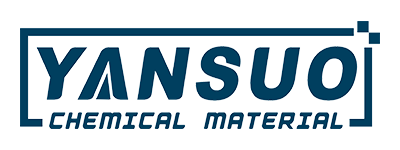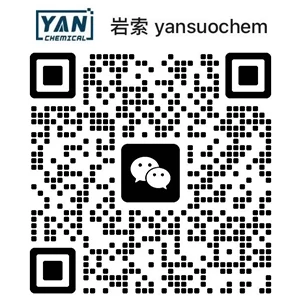Zinc oxide transparent conductive film: a dark horse emerging in the field of new materials
In today's rapidly advancing technology, a new material called zinc oxide transparent conductive film is quietly emerging and becoming the focus of attention in the industry. This material plays an indispensable role in fields such as touch screens, electronic paper, and thin-film silicon solar cells due to its high transparency and excellent conductivity.
For a long time, the transparent conductive film market has been dominated by nickel/gold alloys and indium tin oxide (ITO). However, with the advancement of technology and the increasing awareness of environmental protection, the requirements for material stability, low cost, and environmental friendliness are becoming higher and higher. The emergence of transparent conductive zinc oxide films has injected new vitality into this field.
The research team at Sun Yat sen University has successfully prepared a transparent conductive thin film of zinc oxide with high transparency and excellent conductivity using metal organic compound chemical vapor deposition (MOCVD) technology. This material not only has excellent performance, but also has abundant raw materials, low cost, simple process, and is more environmentally friendly.
The outstanding advantage of zinc oxide transparent conductive film is that its raw material zinc and oxygen reserves are much higher than the indium used in ITO. This not only solves the problem of material scarcity, but also reduces the production cost of transparent conductive zinc oxide films, making them more suitable for large-scale production.
The gallium doped zinc oxide transparent conductive film further developed by the research team has significant advantages. It not only has high transmittance and excellent conductivity, but also has low resistivity and extremely strong thermal stability. In the fields of optoelectronics and photovoltaic devices, this material has broad application prospects and is expected to become one of the representative materials for transparent electrodes in future LED chips.
With the continuous development of transparent conductive film technology, new applications are also emerging. Many companies have devoted themselves to the research and development of zinc oxide transparent electrode technology, in order to occupy a place in the new generation of transparent electrode material market. At present, companies such as Samsung, LG Group, and Taiwan's JA Solar have joined this technology battle.
In the future, with the continuous maturity of zinc oxide transparent conductive film technology and the expansion of application fields, it is believed that this new material will play a more important role in energy-saving optoelectronic industrial materials, contributing to the promotion of green and sustainable development.





